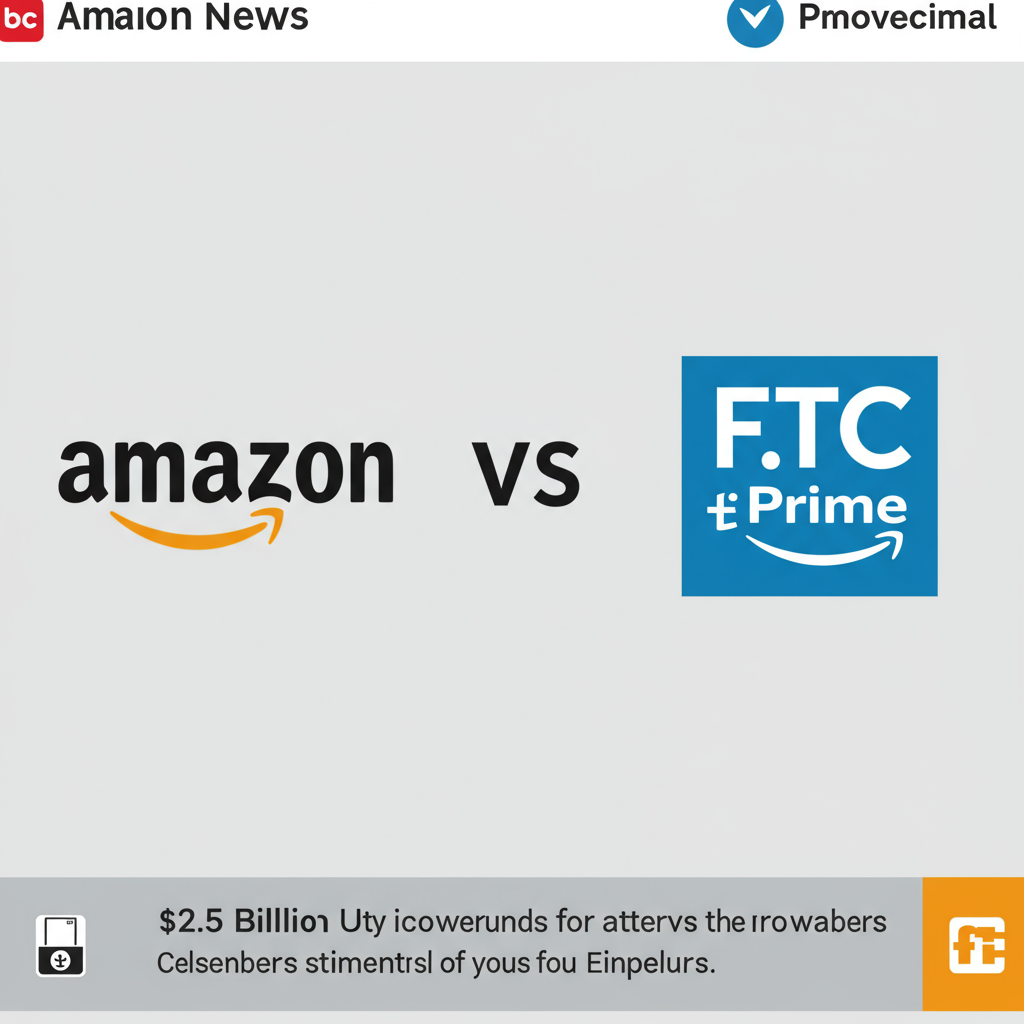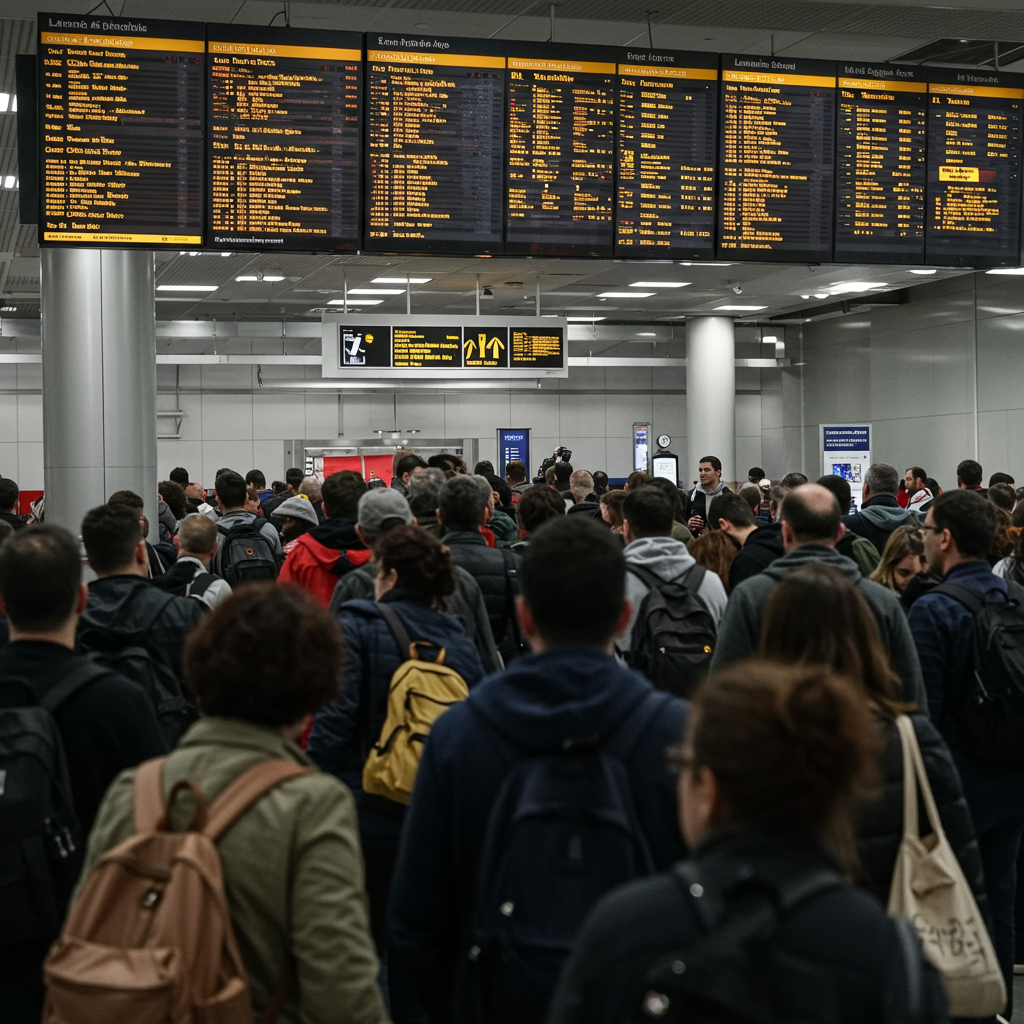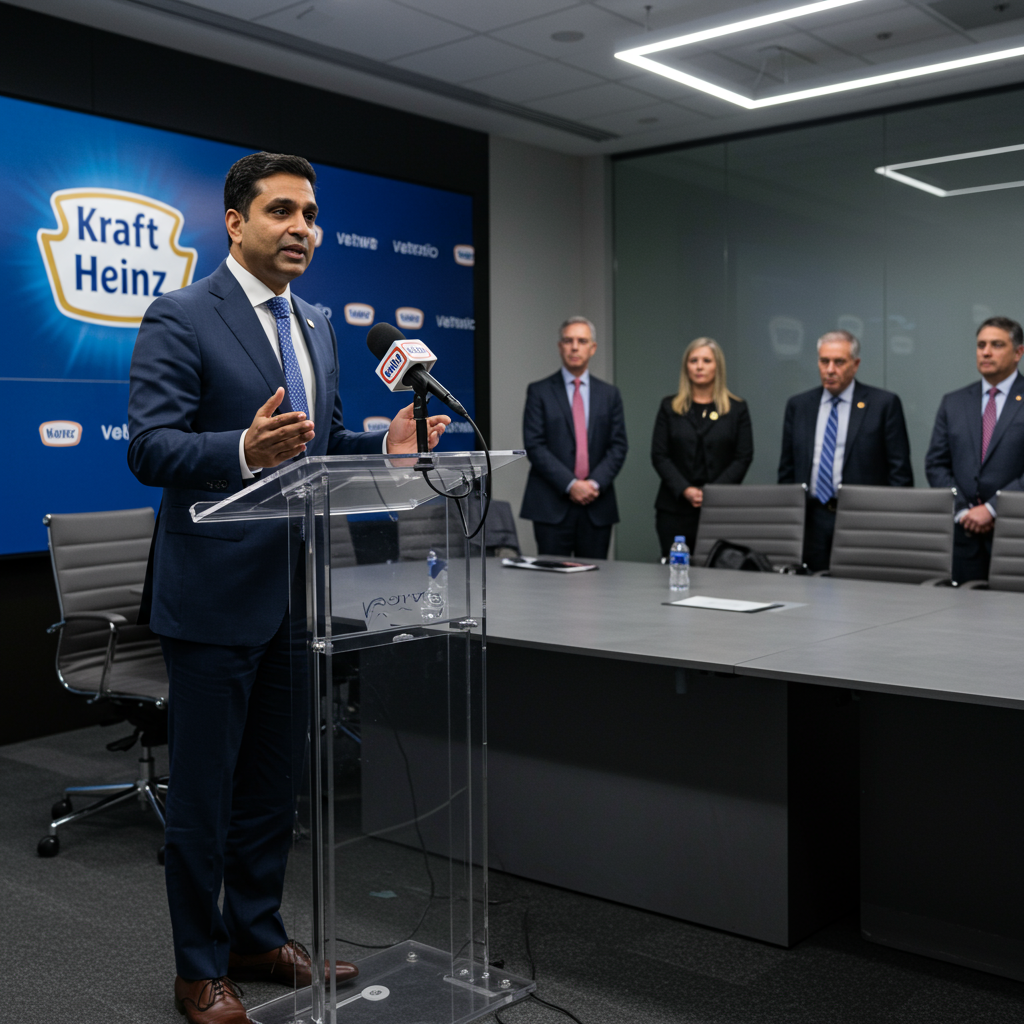A landmark $2.5 billion settlement has been reached between Amazon and the Federal Trade Commission (FTC), signaling a significant win for consumer protection. This historic agreement aims to provide substantial refunds to millions of Amazon Prime customers across the U.S. if they were unknowingly enrolled or faced undue difficulty canceling their subscriptions. If you’ve been an Amazon Prime member, understanding the details of this Amazon FTC settlement is crucial, as you might be eligible for a direct payment. This comprehensive guide will walk you through the eligibility requirements, the payout process, and how you can claim your potential refund.
The Historic Amazon FTC Settlement: What You Need to Know
In a pivotal move against deceptive online practices, the Federal Trade Commission announced a substantial settlement with Amazon. This agreement resolves an antitrust lawsuit filed in 2023, which accused the retail giant of using manipulative tactics. Specifically, the FTC alleged that Amazon “tricked and trapped” millions of consumers into enrolling in auto-renewing Prime subscriptions. The lawsuit also claimed that Amazon intentionally made the cancellation process extremely challenging, a practice known as “dark patterns” in online design.
Allegations of Deceptive Prime Practices
The core of the FTC’s lawsuit centered on Amazon’s sophisticated web design choices. Regulators asserted that these designs illegally enrolled users into the $139-a-year or $14.99-a-month Prime service. Internal communications from Amazon’s own user experience researchers, like Reid Nelson, reportedly revealed that a simpler cancellation process would reduce subscriber numbers. Despite this, the FTC claimed Amazon repeatedly abandoned plans to streamline cancellations. The Amazon FTC settlement includes a $1 billion civil penalty paid to the government and an additional $1.5 billion earmarked directly for customer refunds. Amazon, for its part, has denied any wrongdoing, stating it has “always followed the law” and that the settlement allows it to “move forward and focus on innovating for customers.”
Why This Settlement Matters for Consumers
FTC Chairman Andrew Ferguson highlighted the significance of the settlement, emphasizing that it “puts billions of dollars back into Americans’ pockets.” This action underscores the FTC’s commitment to holding companies accountable for practices that disadvantage ordinary Americans. Beyond the financial penalties and refunds, the settlement mandates several key operational changes for Amazon. These changes aim to ensure greater transparency in subscription enrollment and ease of cancellation moving forward. For consumers, this settlement represents a powerful statement against deceptive online interfaces, empowering users with more control over their digital subscriptions.
Are You Eligible for an Amazon Prime Refund? Understanding the Criteria
Many Amazon Prime subscribers are wondering: “Am I eligible for a payment?” The good news is that millions of customers could qualify for a Prime refund. However, specific criteria must be met, primarily revolving around the timing of your subscription and how you either enrolled or attempted to cancel.
Key Eligibility Window and Actions
You are potentially eligible for a settlement payment if you signed up for Amazon Prime between June 23, 2019, and June 23, 2025. Within this timeframe, you must also meet one of two conditions:
You unsuccessfully tried to cancel your Prime subscription.
You signed up for Prime through what the court documents termed a “challenged enrollment flow.”
This eligibility definition aims to capture consumers who may have been misled during sign-up or frustrated during cancellation. Amazon’s internal records regarding enrollment and cancellation flows, along with Prime benefit usage data, will be used to determine eligibility.
Decoding “Challenged Enrollment Flows”
The term “challenged enrollment flow” is quite specific and covers various pathways through which users might have inadvertently subscribed to Prime. According to the court order, this includes any subscription initiated via certain pages on Amazon’s website. These include the Universal Prime Decision Page, the Shipping Option Select Page, Prime Video enrollment flow, or the Single Page Checkout. This broad definition suggests that many users who did not intentionally seek out the Prime subscription page but encountered prompts or “nudges” during other Amazon processes could be eligible for this Amazon Prime settlement.
Who Might Be Excluded (For Now)
While many U.S. consumers are covered, certain groups are explicitly excluded from this particular settlement fund. For instance, consumers residing outside the U.S. are not eligible for this specific refund. Additionally, individuals whose Prime activity significantly exceeded the usage thresholds established for automatic payments or claims may not qualify under the initial criteria. However, it’s worth noting that subsequent payment rounds could potentially broaden these thresholds if remaining funds allow for wider distribution.
How to Claim Your Share: A Two-Phase Payout Process
The distribution of funds from the Amazon FTC settlement will occur in two distinct phases, offering different pathways for eligible customers to receive their customer payout. Understanding these phases is critical to ensure you don’t miss out on your refund.
Phase 1: Automatic Payments for Limited Users
The first wave of payments will be disbursed automatically. This means certain eligible Amazon customers will receive a refund without needing to submit a claim. This applies to individuals who used their Prime benefits three or fewer times over any 12-month period of their enrollment. These automatic payments are expected to be distributed within the next 90 days following final court approval. If you fall into this category, no action is required on your part to receive payment, though the precise method of disbursement (e.g., direct deposit, check, Amazon credit) is not yet fully detailed.
Phase 2: Submitting a Claim for Broader Eligibility
The second phase of the payout process requires eligible customers to actively submit a claim. This group includes individuals who used Prime benefits less than ten times over any 12-month period of their enrollment, or those who unsuccessfully attempted to cancel their membership. Within 30 days of the automatic payouts being completed, Amazon is mandated to send claim forms to eligible customers. Once these forms are sent, eligible individuals will have a 180-day window to complete and submit them. It’s crucial to monitor your email, physical mail, or official settlement websites for these notifications to ensure you can file your claim. A designated settlement administrator will manage all notifications, claims processing, and payment disbursements.
What to Expect: Your Maximum Payout
For all eligible customers, regardless of whether they receive an automatic payment or submit a claim, the maximum individual payout from this Amazon Prime settlement is capped at $51. The exact amount each eligible customer receives will be determined by the total value of Amazon Prime membership fees they paid during the active duration of their subscription. If the total value of validated claims exceeds the available funds for refunds, individual payments may be adjusted pro rata. This ensures that the $1.5 billion customer fund is distributed equitably among all qualifying individuals.
Beyond the Refunds: Amazon’s Mandated Changes
The Amazon FTC settlement isn’t just about financial restitution; it also imposes significant operational changes on the company. These mandates aim to prevent similar issues from recurring and enhance consumer trust in online subscription services.
Enhancing Transparency and Ease of Cancellation
As part of the settlement, Amazon is now required to implement several key changes to its platform. These include providing a clear button for customers to decline Prime memberships during the enrollment process. The company must also ensure comprehensive disclosures of Prime terms are easily accessible and establish an easily navigable method for cancellation. Furthermore, Amazon is obliged to engage a third party to monitor its compliance with these settlement terms. Amazon, however, noted that many of the changes outlined in the FTC’s press release, particularly those related to enrollment and cancellation clarity, had already been implemented years prior.
The Broader Regulatory Landscape
This settlement arrives amid increasing regulatory scrutiny of “dark patterns” and deceptive design practices within online interfaces. The FTC’s robust action against Amazon sends a clear message to other companies regarding consumer protection in the digital sphere. It also highlights the growing importance of user experience research in uncovering potentially misleading design elements. While this Amazon FTC settlement resolves the Prime subscription lawsuit, Amazon still faces a separate, larger federal lawsuit from the FTC, which accuses the tech giant of operating as a monopoly. That ongoing legal battle underscores the evolving landscape of tech regulation and consumer advocacy.
Frequently Asked Questions
What exactly were the FTC’s main allegations against Amazon regarding Prime?
The Federal Trade Commission’s lawsuit against Amazon, resolved by the $2.5 billion settlement, alleged that Amazon used manipulative and deceptive tactics to enroll millions of consumers into its Prime subscription service. They claimed Amazon employed “dark patterns” to make the sign-up process unclear and the cancellation process purposefully difficult. Specific accusations included manipulating users during checkout or through other Amazon pages to inadvertently subscribe to Prime, and then creating a convoluted, multi-step process to discourage cancellations, even when internal data suggested simplifying it.
How will I be notified if I’m eligible for a refund, and where can I find official information?
If you are eligible for an automatic payment (Phase 1, 3 or fewer Prime benefits), you will not need to take any action, and payment will be disbursed within 90 days of court approval. For those eligible for a claim-based payment (Phase 2, less than 10 Prime benefits or unsuccessful cancellation attempts), Amazon is mandated to send claim forms within 30 days after the automatic payouts are completed. You should monitor your email, physical mail, and official settlement websites for these notifications. Always be vigilant against potential scams and refer only to official communications from Amazon or the designated settlement administrator.
Should I actively track my past Prime usage to determine my eligibility for a payment?
While it’s not strictly necessary for most users to track their Prime usage, understanding the eligibility thresholds can help manage expectations. For automatic payments, you needed to use three or fewer Prime benefits in any 12-month period. For claim-based payments, it was less than ten benefits in any 12-month period. Amazon will use its internal records to determine your eligibility and benefit usage. However, if you believe you qualify and do not receive a notification, having a general sense of your past Prime activity might be helpful when reviewing any claim forms or official information.
Conclusion: Empowering Consumers in the Digital Age
The Amazon FTC settlement marks a pivotal moment for consumer rights, emphasizing the importance of transparent business practices in the digital realm. By addressing allegations of deceptive enrollment and difficult cancellation, this agreement reinforces the idea that companies must prioritize user experience and ethical design. If you’ve been an Amazon Prime member between June 2019 and June 2025, it’s worth reviewing your eligibility for a customer payout. Stay vigilant for official communications regarding payment notifications and claim forms. This settlement serves as a powerful reminder that regulators are actively working to protect consumers from manipulative online tactics, fostering a more trustworthy digital marketplace for everyone.




